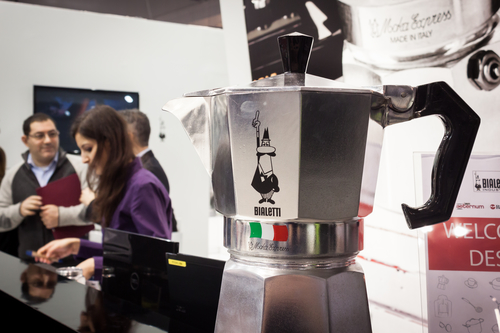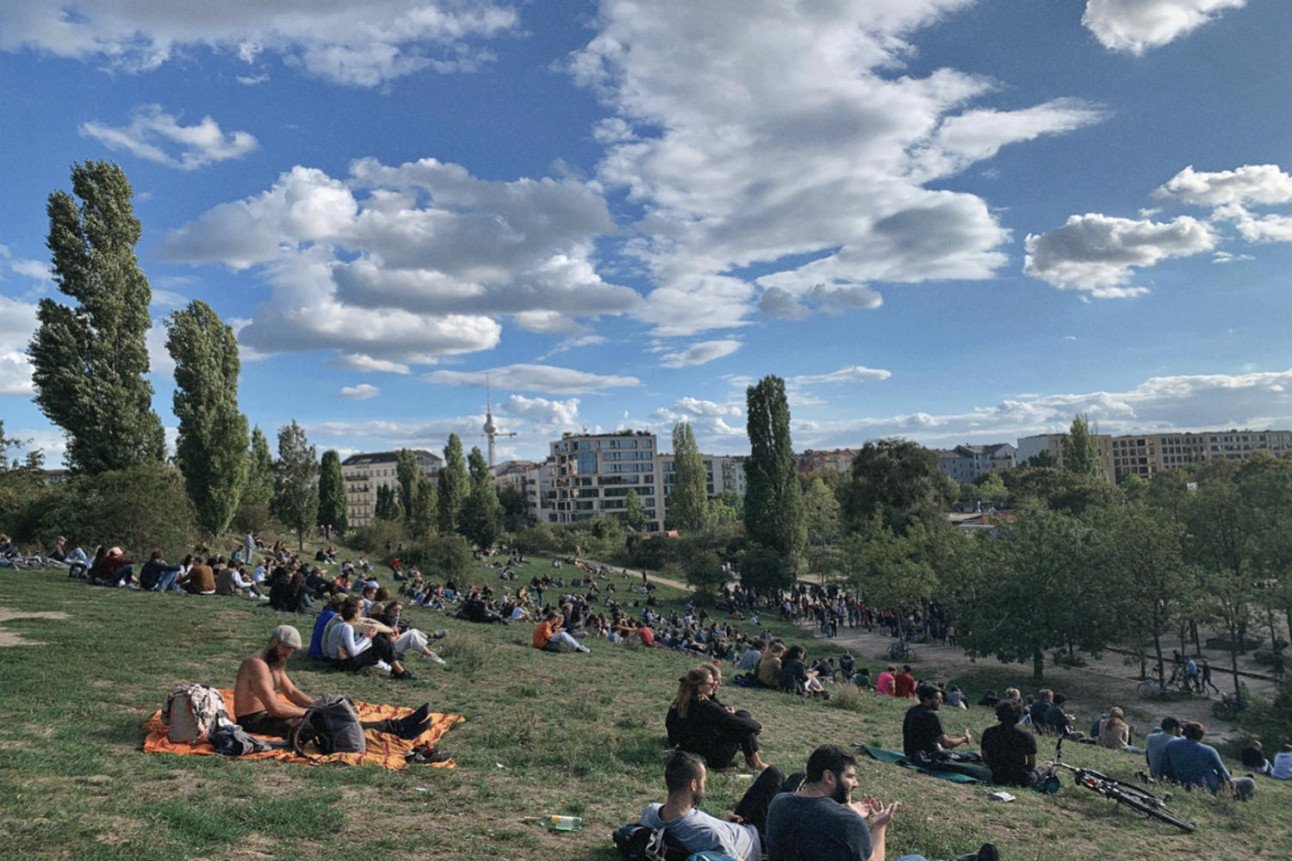Part of the morning routine in many Italian homes, the ritual of preparing the moka pot began when the revolutionary design was patented in 1933 by Alfonso Bialetti.
The distinctive Bialetti pot, now a classic piece of ‘Made in Italy’ design, is recognised across the world.
However, people may not be buying them so much anymore. The makers of Italy’s classic moka coffee pot say they could be going out of business as the famous pot is just no longer able to compete with more modern at-home coffee makers.
In our Facebook poll though a huge 82 percent of The Local Italy’s readers told us they still prefer their trusty moka pot over pod or capsule machines. So maybe there is some hope for Bialetti yet.
Some ask if, instead of competition from modern machines, the real problem Bialetti is facing could be that their sturdy pots last a lifetime, and that every family in Italy already owns one in every size.
Others wrote in to say they liked the idea of the moka pot, but weren’t sure how to use one.
So if you’re wondering how to prepare your own perfect moka coffee at home, we’ve enlisted the help of some Italian coffee experts to get you started.
Of course, we wouldn’t dare try to tell an Italian how to prepare their moka – everyone has their own methods. Every person in my family does it a bit differently, making the brew to their own taste.
And opinions on the subject can be stronger than my mother-in-law’s morning espresso.
Levelled or pressed powder? Water filled to under or above the valve? Medium or low flame? Hot or tepid water?
But Italian coffee experts say there are a few simple rules that will help you get it right and prepare the best possible pot of coffee every time.
The water
You need to use “clean”, preferably filtered, water for your coffee, says Lucio Del Piccolo, coffee machine collector and blogger. The more sodium there is in the water, the less of the “good fatty substances” will be extracted from the coffee powder, he says.
He prefers his water at room temperature. Others, however, insist you should add hot water to the pot.
The water level
Look inside the water chamber and you’ll spot a little valve near the upper rim. This valve, and whether the water should cover it or not, is something many Italians argue about.
But both Del Piccolo and Giovanni D’Angelo, barista at my local coffee shop in Arezzo, insist you should never cover the valve with water – fill the pot to just below this level. The valve is used to vent steam, so if you cover it with water it will be blocked.
READ ALSO: Where to get the cheapest (and most extortionate) coffee in Italy
Freshly ground coffee
As all coffee nerds know, whatever kind of pot you’re using it’s important to use coffee that’s as freshly ground as possible. It’s worth investing in a small grinder and buying coffee beans rather than powder.
“About 15 minutes after grinding, in fact, the product has already lost about 65% of its aromas,” says Del Piccolo.
The blend
The most popular blend in Italy, which varies depending on the area, is 30/70, with 30% Robusta and 70% Arabica.
But baristas would advise you to experiment with 100% Arabica and single origin blends until you find something you really love.
The mountain
The oldest and possibly most controversial of coffee-related questions: should you pile your coffee powder into a ‘mountain’, or not? Friends from Naples insist that there’s no other acceptable way.
But Del Piccolo points out that if you overfill the pot with coffee powder, it causes problems.
Firstly, when you screw the pot closed, excess powder gets into the edges and the seal. “without good sealing between the two parts, the coffee is extracted badly”, he says.
D’Angelo agrees, saying you have to be careful with your ‘brew ratio’ – that is, the amount of coffee powder to water used. “15 grams per 150 milliliters of water is best,” he says. Too much powder means poor brewing, resulting in bitter-tasting coffee.
The ‘gurgling’
The much-anticipated gurgling sound that that the moka pot makes, telling us it’s ready, might be music to coffee-lovers’ ears. But D’Angelo keeps a close eye over his moka, and doesn’t let it ‘gurgle’.
“When that noise starts, the coffee is already spoiling,” he says. Ideally you should stop the extraction a bit before, once the jug is about three-quarters full, to retain more of the coffee aromas.
The flame
Don’t turn the gas flame up too high, says Del Piccolo. “A medium flame is ideal for the preparation of the moka. Once the flame is extinguished before the gurgling, the coffee pot should be removed from the hob to completely stop the extraction.”
The cleaning
One reader points out that you should never wash your beloved moka pot using detergent, scourer pads, or anything other than warm water. A good rinse is all that’s needed.
If you take good care of it, your moka will be a trusty companion for many years.





 Please whitelist us to continue reading.
Please whitelist us to continue reading.
Member comments